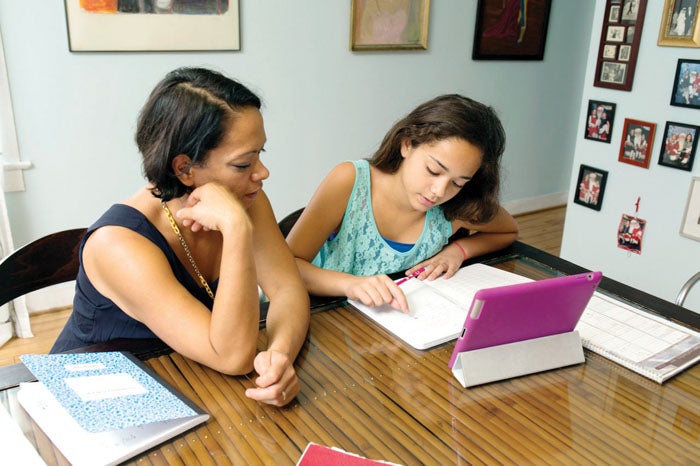6 ways to help school-age kids navigate fully remote learning
Published 12:00 am Thursday, August 13, 2020
|
Getting your Trinity Audio player ready...
|
The school year will get off to a challenging start. Here’s how to survive
By Hannah Six
Novant Health
Parents aren’t the only ones whose lives have been thrown into turmoil by schools that are either sticking with remote learning or going with staggered schedules during the COVID-19 pandemic.
Kids who’d been hoping for a return to “normalcy” are now looking at a school year that’s a long way from what they might have hoped for.
To learn how to best help young people adjust to these sudden changes, Jaren Doby, a therapist at Novant Health, shares some of his favorite tips and resources to make remote learning easier on the kids in your life.
One size does not fit all
Generalizations, like expecting kids to react to change according to their age groups, are seldom useful, according to Doby. To say older kids handle upheaval better than younger children overlooks the fact that we are all unique individuals.
“Instead, think of it as a spectrum: Some adults love change, but some strongly dislike it. Kids are no different,” he said. “If we’re sensitive to the fact that some of us struggle more, and keep our lines of communication open, we can really be there with and for each other.”
Silver linings
This unprecedented period of adjustment, Doby noted, does come with a silver lining: “We’re all learning so much about ourselves. We’re learning to grow, to be more courageous and to become more resilient.”
In other words, dealing with these struggles now are good training for the challenges that come in life. To foster that spirit of growth and resilience, he offered the following suggestions.
1. Talk, talk, talk
“Ask what they know and find out how they are interpreting these changes,” Doby said. “If you notice misinterpretations or gaps in their knowledge, it’s a chance for you to make sure they have a full understanding.”
It’s important, he said, to be encouraging and to show kids that their thoughts and feelings matter. That everyone’s feelings matter, regardless of age.
2. Plan it out … together
Bringing the family together to explore ideas and plans gives everyone a greater sense of control over their circumstances. No one likes feeling powerless. And knowing what’s coming gives kids time to process coming changes — much easier than having altered routines thrust upon them without warning.
One more bonus: Because children are naturally creative thinkers, you may even find they come up with suggestions and solutions you have overlooked. Ask them: What do you think? Is there a better idea?
3. Explore virtual after-school programs
Because of social distancing requirements, many schools are finding ways to deliver clubs, activities and after school programs virtually.
“This allows kids to take part in groups that brought them connection and joy,” Doby said. “Another great result is that kids whose social anxiety made in-person interactions uncomfortable are now feeling braver and warming up to social activities.”
Schools aren’t the only place to look for virtual activities. Check with community centers, church groups and your local Y. Also, for young children, many libraries are offering online story time.
4. Remember: Virtual meetups aren’t for everyone
While some kids love interacting online, others just don’t get the same payoff.
“I’ve seen kids develop symptoms of depression and anxiety, because they really miss being with their friends in person,” Doby said. “These are genuine, raw human emotions and shouldn’t be discounted.”
One way to address this need, while abiding with social distancing: Arrange curb-to-doorstep or lawn-to-balcony visits, where kids can catch up, joke around, talk about school and maybe even enjoy a picnic lunch while staying more than 6 feet apart.
Talking with friends, especially about shared experiences, is important for teens, who are trying to get their footing in the adult world. Learning to listen to other viewpoints, to ask questions and even how to disagree with others helps them build confidence.
5. Consider in-person school activities (with appropriate precautions, of course)
A number of public, private and charter schools are allowing certain in-person programming for kids who participate in activities like drama or sports, which don’t translate well to virtual platforms.
“Because of the pandemic, some parents don’t want their kids to be around groups right now. Others are OK with it,” Doby said. “I’d never judge one person’s opinion to be better than another. I just encourage parents not to ignore the pandemic, to stay aware of all the risks involved.”
6. Establish new routines
“Normal” routines may have flown out the window, but you can help kids make (and stick with) new ones. For younger children, this could be as simple as having a healthy breakfast or spending time every night reading their favorite book. For teens, this might look like calling or texting a friend to check in every day, or scheduling a time to practice yoga, journal or make art.



